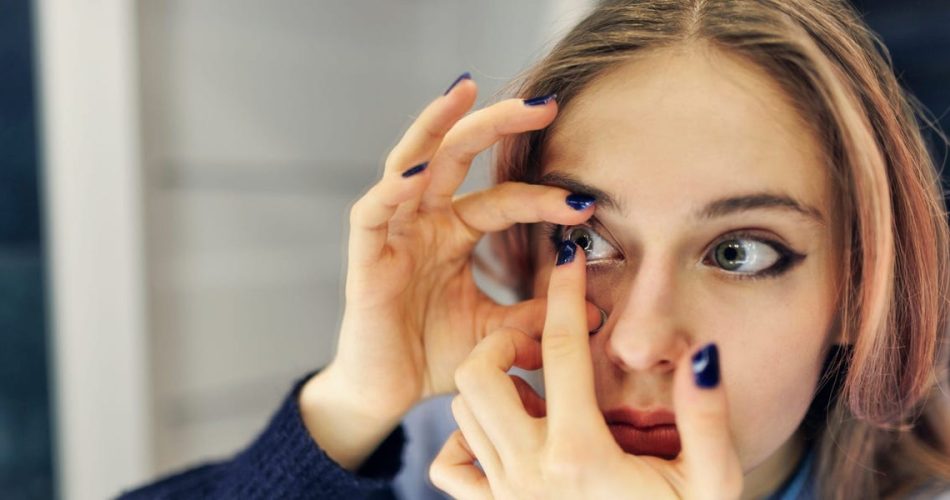
A 25-year-old woman had a scary experience when she discovered that an itchy eye caused by contact lenses was actually a corneal ulcer. Steph Carrasco, a recruitment consultant from Wales, had to undergo emergency cornea transplant surgery to save her eye. Corneal ulcers are open sores on the layer of the eye that covers the iris and pupil. People who wear contact lenses are more susceptible to corneal ulcers if they don’t clean their lenses properly or leave them in for too long, according to the Cleveland Clinic.
Other factors that increase the risk of corneal ulcers include having or having had cold sores, shingles, chicken pox, using steroid eye drops, having dry eyes, or eyelid disorders that affect eyelid function, as stated by the American Academy of Ophthalmology.
Symptoms of corneal ulcers include redness, pain, swelling, the feeling of having something in the eye, discharge, and a white spot on the cornea. Carrasco sought medical help when her eye became itchy, and her optometrist, Jack Brenton, quickly identified it as an ulcer and arranged for immediate treatment at a hospital.
During her week-long hospital stay, Carrasco received 72 eye drops per day to reduce the size of the ulcer. However, she ultimately required surgery. While most corneal ulcers heal within two to three weeks with proper treatment, Carrasco’s case necessitated a corneal transplant.
Carrasco expressed her gratitude for her optometrist and the hospital’s medical team, stating that she feels incredibly lucky to have had their support when she needed it most. Three weeks after the surgery, her vision has improved, and doctors expect her to make a full recovery by October.
This incident serves as a reminder of the importance of proper contact lens hygiene and regular eye check-ups. It is crucial to seek medical attention promptly if experiencing any unusual symptoms or discomfort related to contact lens use.
In a previous report by Insider, a man who wore the same pair of lenses for three years continuously developed permanent astigmatism and buildup behind his eyelids.

